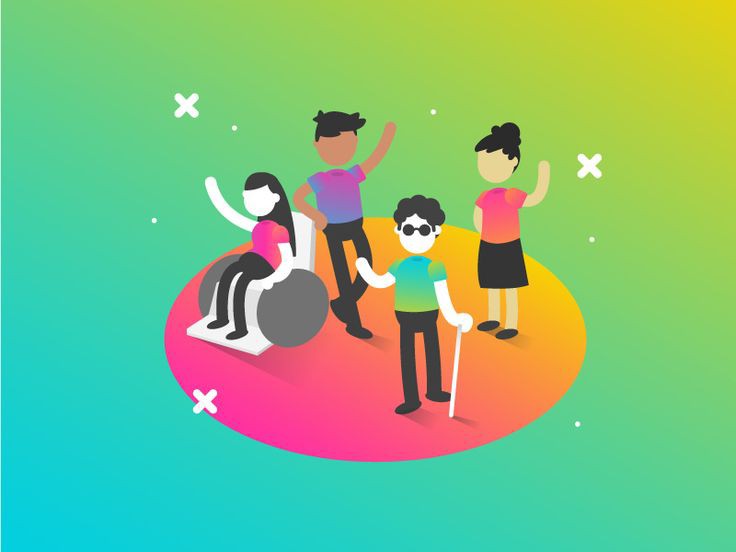
Building Inclusive Communities: How India can Improve Access to Education for Children with Disabilities
India is a country that prides itself on its diversity, culture, and tradition. However, despite the country’s rich heritage, a large segment of its population continues to face discrimination and exclusion from mainstream society. Children with disabilities are one such group that has historically been marginalized and denied equal access to education.
According to a report by the Ministry of Social Justice and Empowerment, around 2.21% of the Indian population has some form of disability, which translates to over 26 million individuals. Unfortunately, only a small fraction of this population has access to quality education due to a lack of infrastructure and resources. The education system in India has historically been designed to cater to the needs of able-bodied students, leaving out students with disabilities.
To address this issue, there is an urgent need to build inclusive communities that provide equal access to education for children with disabilities. Inclusive education is a system that ensures that all students, regardless of their physical or mental abilities, have access to the same educational opportunities. It is a way to provide a safe and supportive environment where children with disabilities can learn and grow alongside their peers.
One of the first steps to building inclusive communities is to raise awareness about the needs and challenges faced by children with disabilities. Parents, teachers, and the general public must be educated on the importance of inclusion and the role they can play in creating inclusive environments. This includes sensitization programs that help promote understanding and acceptance of diversity.
The next step is to provide the necessary infrastructure and resources to support inclusive education. This includes the construction of accessible buildings, provision of assistive devices, and the hiring of trained personnel to support students with disabilities. Teachers must also be trained to create inclusive classrooms that cater to the diverse needs of students.
Additionally, policymakers must work to create an enabling legal and regulatory environment that supports inclusive education. This includes the enactment of laws that protect the rights of children with disabilities and ensure that they have access to the same opportunities as their able-bodied peers. It also includes the provision of financial and other resources to support inclusive education initiatives.
Another critical component of building inclusive communities is the involvement of parents and caregivers in the education process. Parents must be empowered to support their children’s education by providing them with the necessary resources and advocating for their rights. They must also be involved in the decision-making process and work closely with teachers to create an inclusive learning environment.
Finally, creating inclusive communities requires a collaborative effort between different stakeholders. This includes the government, civil society organizations, educational institutions, and the private sector. Each of these stakeholders has a role to play in creating inclusive communities that provide equal access to education for children with disabilities.
Conclusion
building inclusive communities is a critical step towards providing equal access to education for children with disabilities. It requires a multifaceted approach that involves raising awareness, providing infrastructure and resources, creating an enabling legal and regulatory environment, involving parents and caregivers, and fostering collaboration between different stakeholders. By working together, we can create an education system that is truly inclusive and caters to the needs of all students, regardless of their abilities.
